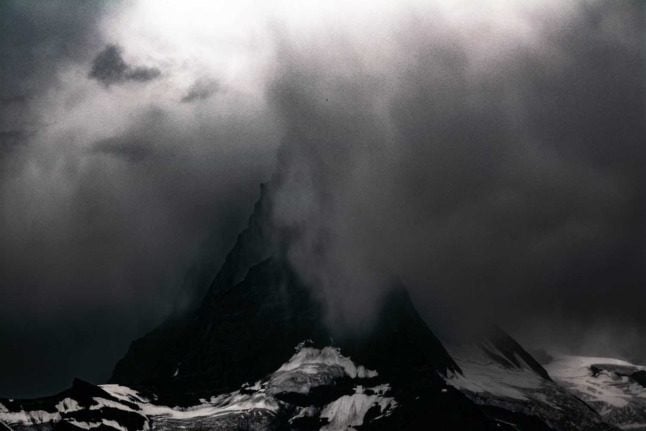Despite the still swollen rivers and lakes, the sun is currently shining across most of Switzerland.
High-pressure system Dana has brought sunny skies and warmer weather to much of the country after last week’s heavy rainfall due to low pressure system Bernd.
Unfortunately things will take another turn for the worse this weekend, with heavy rains and thunderstorms again predicted for Switzerland.
Meteorological agency Meteonews has forecast over 100 litres of rain for the weekend.
While this is less rain than much of Switzerland received last weekend, it is problematic as the soil is already sodden and cannot absorb much more water.
Floods: Why was Switzerland impacted less severely than Germany?
Rivers and lakes are also close to capacity across the country, meaning a little extra water could make a big impact.
Between 20 and 100 litres are predicted for much of central Switzerland, with up to 120 litres predicted in the south of the country.
“It’s going to be turbulent,” Roger Perret from Meteonews told 20 Minutes.
Perret said he didn’t expect the weather to last longer than the weekend, as high winds from the mountains was likely to push it along.
However, Switzerland can expect unpredictable weather conditions for the coming weeks, Perret said.
You can stay on top of the situation as it keeps evolving through this link.
Stay away from lakes and rivers
Despite ideal weather for swimming this week, experts warn that many lakes and rivers remain dangerous.
It will take several weeks of dry weather for the waterways to descend to their normal levels, according to the Federal Office for the Environment.
READ MORE: Weather update: Lake Zurich bursts banks, Lucerne preparing for flooding




 Please whitelist us to continue reading.
Please whitelist us to continue reading.
Member comments